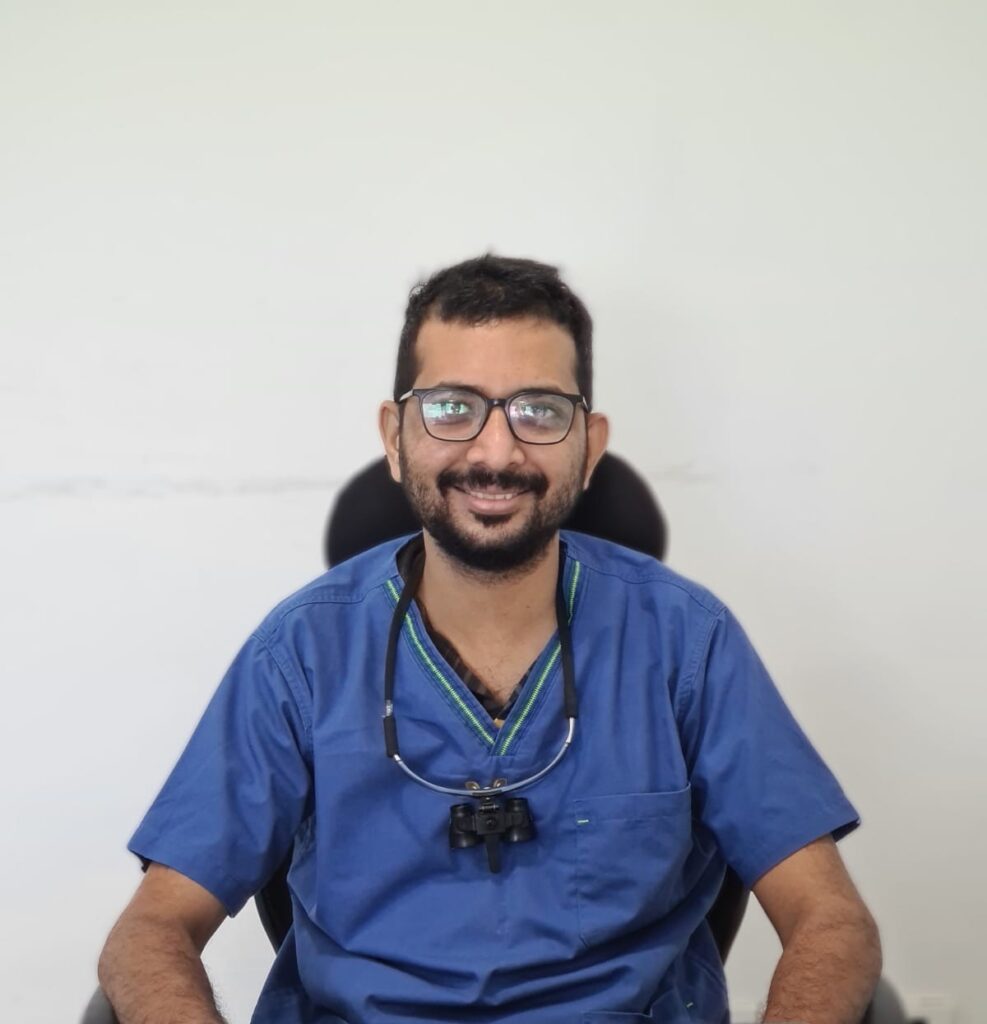- Home
- About Us
- Clinic
- Treatments
- Smile Designing
- Lobuloplasty
- Ear Washing
- Ear Piercing
- Root Canal Treatment
- Teeth Braces
- Clear Aligners
- Sports Nutrition
- weight management
- Disease Management
- Kids Nutrition
- Dental Implants
- Teeth Whitening
- Tooth Extraction
- Tooth Crown
- Full Mouth Rehabilitation
- Dental Bridges
- Dentures
- Teeth Filling
- Teeth Cleaning
- Dental Tourism
- Testimonials
- Contact Us
ORTHODONTIST
Dr. Tarika
BDS, MDS
Meet Dr. Tarika. Your Orthodontic Virtuoso:
Dr. Tarika, a distinguished Orthodontist with both a Bachelor of Dental Surgery (BDS) and a Master of Dental Surgery (MDS) degree. With a passion for perfection and an eye for beauty, Dr. Tarika is your trusted partner on the journey to achieving the smile of your dreams.
Dr. Tarika is highly skilled in orthodontic myofunctional appliances for children, specializing in early intervention to correct jaw growth, tongue posture, and muscle function. With a deep understanding of facial development, she customizes treatment plans to address issues like malocclusion, tongue thrusting, and mouth breathing, ensuring proper alignment and long-term oral health. Her expertise helps young patients achieve balanced facial growth and reduces the need for complex orthodontic treatments in the future.
Dr. Tarika’s expertise goes beyond straightening teeth; she is a true artist, sculpting smiles that radiate confidence and joy. With a commitment to personalized care and the latest advancements in orthodontic technology, she transforms misaligned teeth into stunning works of art, enhancing both aesthetics and functionality.




